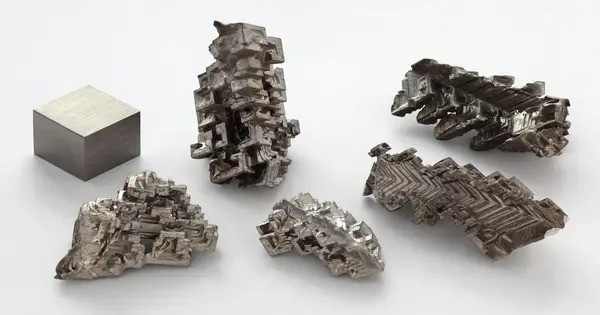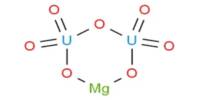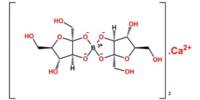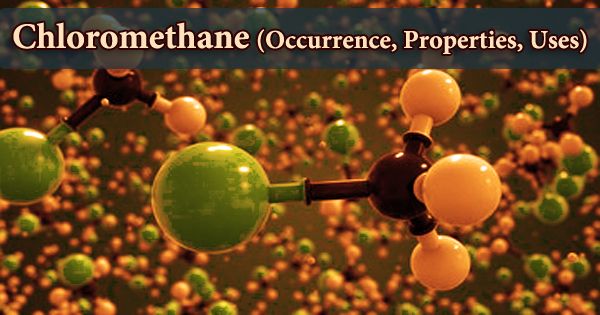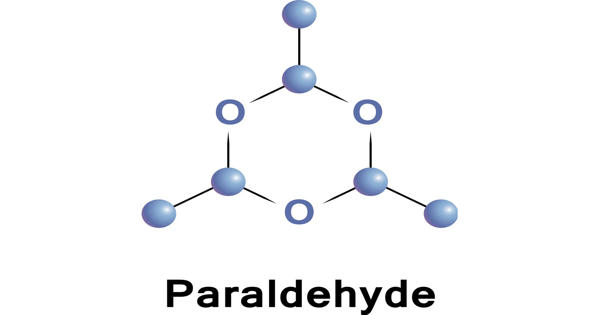Lead bismuthate is a semiconductor with the formula Pb(BiO3)2. It has only been discovered in recent years in the laboratory as it is not naturally occurring. It is an inorganic compound that has some interesting properties and occurrences, especially in certain specialized applications like electronic materials, catalysis, and solid-state chemistry.
Lead bismuthate forms a pentavalent structure, significantly different from the regular ionic interactions of sodium bismuthate, but similar to that of strontium bismuthate. It is typically encountered in solid-state materials, and it has gained attention in scientific studies due to its unique properties. In the structure, six oxygen atoms are coordinated octahedrally to both the bismuth and lead atoms.
Properties
The bismuth and oxygen atoms form negatively charged layers by creating repeating octahedral geometries. The positively charged lead atoms are then disbursed within the layers, forming a hexagonal unit cell, with a lead atom in each of the corners. The density of the crystal is 9.18 g/cm3. The formula weight is 233.99 g/mol. The volume of the crystal structure unit is 169.26 A3. Lattice parameters (a) is 5.321 angstroms.
- Electrochemical: It has been investigated for its electrochemical properties, particularly in relation to its use as a material for solid-state ion conductors and in other energy applications.
- Thermal: It has good thermal stability, making it useful in certain high-temperature applications.
- Electrical: Its electrical conductivity and potential for use in semiconductors and electrochemical systems make it of interest for various technological applications.
Natural Occurrence
Lead bismuthate does not occur naturally in significant quantities. However, lead and bismuth minerals, such as bismuthinite (Bi₂S₃) and galena (PbS), are commonly found in nature and are the sources from which PbBiO₃ might be synthesized in a laboratory setting.
Synthesis in Laboratories
PbBiO₃ is typically synthesized by heating mixtures of lead oxide (PbO) and bismuth oxide (Bi₂O₃) in the presence of oxygen or by using other chemical reactions in controlled laboratory environments.
Applications
- Catalysis: Lead Bismuthate has shown promise as a catalyst in certain chemical reactions, due to its electronic properties.
- Electrochemical Devices: Its conductive properties make it an attractive candidate for use in batteries or other energy-related devices.
- Radiation Shielding: Bismuth compounds, including Lead Bismuthate, have also been researched for their potential use in radiation shielding due to bismuth’s high atomic number.
Toxicity Considerations
Since it contains lead, PbBiO₃ can pose environmental and health risks, especially if it decomposes into lead compounds. Lead is toxic, and handling the material requires appropriate precautions.
